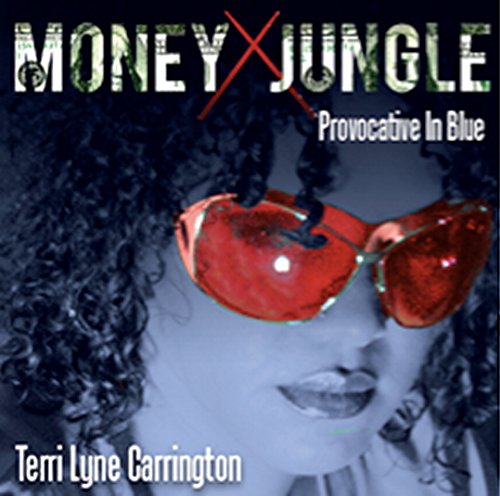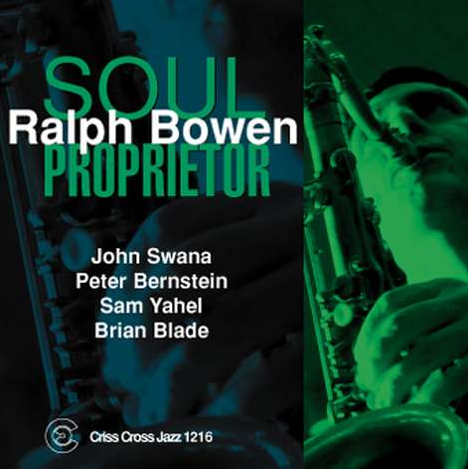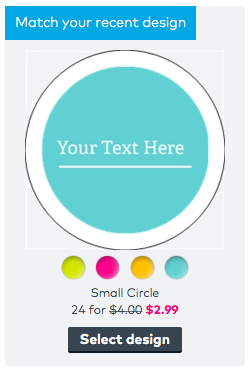Naturally, creating a new album centered around immigrants and musical heritage leads to the question, where did my people emigrate from? And how should I think about my family heritage in an age of scientific advances like DNA testing? Here’s an exploration of these questions…
My Lineage
My family line is quite simple at first glance: all my ancestry came to the United States during the late 1800s to settle in the Upper Midwest (Minnesota & Wisconsin). My eight great-grandparents migrated from Finland, Sweden and Denmark. All were apparently Lutheran. Half of them emigrated in the narrow window from 1884-85.
Origins of my maternal (red) and paternal (blue) great-grandparents
Swedish immigrant Andrew Anderson (Anders Aronsson) came from a long line of blacksmiths, sailed to New York in 1876, and became a farmer in Wisconsin.
My father's line can be traced back as far as 1600 near Gothenburg, Sweden, and my mother's line back to the 1700s in above-Arctic Circle Finnish Lapland.
So on the surface, my family is 100% Nordic Protestant. We’ll see what science has to say about that, but first a bit about the pride my family held in its heritage...
Pride of Heritage
Aurora Elizabeth (Jukkola) Mattinen, b. 1851 Tervola, Finland, the only known photo of my great-great-grandparents
My ancestors were proud of their Scandinavian & Finnish background. My parents enjoyed lots of heritage foods and traditions and flew Finnish, Swedish and Danish flags I had given them, at the family lake cabin. My maternal grandparents served in Finnish ceremonial orders called the Knights & Ladies of Kalevela, centered around the book The Kalevela, the book of Finnish mythological legends, of which I have an English copy inscribed by my great-grandfather John A. Mattinen as a gift to my grandfather Charlie.
John Mattinen, who migrated to Minnesota in 1884, would write a book about the Finnish immigrant experience in Minnesota in the 1870s-80s recounting the history of Finnish settlers, their institutions and businesses in the Thompson Farming Area of Minnesota. It also contains gushing accounts of the migrant Finns. At one point he explains why he feels the local Finns had succeeded, where settlers of others nationalities had failed:
“…it is the temperate mind, the strong body, and the life experience people of Finnish descent are endowed with. Owing to their way of life, this people has a well-developed body and a pure soul, which can endure the hardest trials.“(1)
John A. Mattinen, b. 1876 Kemi, Finland, businessman and author
I’m sure that the Finnish settlers overcame immense hardship via great effort and experience farming in a familiar climate, yet I grew uneasy with my great-grandfather’s explanation. If the Finns were naturally exceptional, what was to be said of other ethnic groups? At what point does pride in one’s heritage become detrimental? I knew from childhood memories that ethnic prejudice had a place in my family heritage, too.
Deep Heritage
How would my understanding of family heritage hold up to a modern DNA test? Around the time I went into the studio to record Melting Pot, I coincidentally received a genealogy search as a gift from my girlfriend Ilana. The music was already written and arranged for the album when I got the results back, yet I would find connections between the music I had written and the genealogical test.
Through National Geographic’s Genographic program, a simple mail-in saliva DNA test determines deep ancestry on maternal and paternal lines, to show where my DNA migrated around the globe.
Here’s a snapshot of my maternal (mother’s side) deep ancestry:
One of my maternal DNA markers, source: Genographic
As you can see via the red marker, DNA from my mother’s can be traced back to today’s Iraq/Iran region around 50,000 years ago. I was intrigued to learn that my maternal DNA had migrated through the Middle East on the way up to Finland. Note that this was a long time ago, and paths through the Middle East are common.
Here’s my paternal (father’s side) deep ancestry:
One of my paternal DNA markers, year = , source: Genographic
This red marker from my father’s side shows my DNA migration traced back to Central Asia, slightly north of today’s India in the Tajikistan/Kashmir/China area. I had ancestors in this region for about 15,000 years (up to about 30,000 years ago). Though not quite India, this was “in the neighborhood,” and since I had just arranged multiple songs for Melting Pot with Indian classical instruments (sitar and tabla) and Indian sonic inspiration, I was pleased to see that I had bloodlines had settled for a while in this general part of the world. And the fact that both of my family lines – like everyone’s – can be scientifically traced to Africa reinforces that we all come from one place (see my post We Are One).
There was one final surprise. The Genographic test also gave a percent breakdown of where in the world my genes have resided over the last 500-10000 years. It showed 2% of my genetic heritage coming from the Jewish diaspora. This was unexpected, as my family assumed our heritage to be entirely Nordic Protestant. For me it was interesting timing to learn this, since I had just written and arranged an adaptation of a Jewish Hannukuh theme, Ma’oz Tzur (which I called “A Candle for Isaac”) for the Melting Pot album.
Summary
Overall, the genetic test showed that my family was basically correct about its recent immigration history, but that it’s not homogenous – our background is actually more exotic than we thought. The color of our skin, like everyone’s, is a result of our ancestors’ adaptation to the climates they lived in. We can all take joy in the cultural traditions passed on to us, yet I see no value in claiming that one cultural background is superior to another.
I’ll close this post with an original song called “Geneology” from my previous album Blue Innuendo.
In my next post, I’ll write about My Musical Family.
Footnotes: (1) John A. Mattinen, translated from Finnish by Richard A. Impola, History of the Thompson Farming Area, Carlton County Historical Society, 2000, p. 25.




















